How Small Can A Light Microscope See ?
The resolution of a light microscope is limited by the wavelength of light used. In general, the smallest objects that can be resolved by a light microscope are on the order of a few hundred nanometers. However, with advanced techniques such as confocal microscopy or super-resolution microscopy, it is possible to achieve resolutions down to tens of nanometers or even smaller.
1、 Resolution: The limit of a light microscope's ability to distinguish details.
Resolution: The limit of a light microscope's ability to distinguish details.
The resolution of a light microscope refers to its ability to distinguish two closely spaced objects as separate entities. It is determined by the wavelength of light used and the numerical aperture of the lens system. According to the Abbe diffraction limit, the resolution of a light microscope is theoretically limited to approximately half the wavelength of light used. In practice, this means that the smallest details that can be resolved by a light microscope are typically around 200 nanometers (nm) or 0.2 micrometers (µm).
However, advancements in microscopy techniques and technology have pushed the limits of resolution beyond the traditional diffraction limit. Super-resolution microscopy techniques, such as stimulated emission depletion (STED) microscopy and structured illumination microscopy (SIM), have enabled scientists to achieve resolutions below the diffraction limit. These techniques utilize various methods to overcome the diffraction barrier and achieve resolutions in the range of tens of nanometers.
Additionally, the development of new fluorescent probes and dyes with improved photophysical properties has further enhanced the resolution capabilities of light microscopy. These probes allow for better visualization and localization of specific molecules or structures within a sample, enabling researchers to study cellular processes at a finer level of detail.
It is important to note that while light microscopy has made significant strides in resolution, there are still inherent limitations. The size and nature of the sample, as well as the properties of the light used, can affect the achievable resolution. Therefore, the smallest details that can be resolved by a light microscope may vary depending on the specific experimental conditions.
In conclusion, the resolution of a light microscope is limited by the wavelength of light used, and traditionally, it can resolve details down to around 200 nanometers. However, with the advent of super-resolution techniques and improved fluorescent probes, light microscopy can now achieve resolutions beyond the diffraction limit, enabling scientists to study cellular structures and processes at a finer scale.

2、 Numerical aperture: Determines the resolving power of a microscope.
The resolving power of a light microscope is determined by its numerical aperture (NA). The numerical aperture is a measure of the light-gathering ability of the microscope's objective lens and determines the smallest details that can be resolved. In simple terms, it refers to how small an object can be and still be seen clearly under the microscope.
The numerical aperture is calculated using the formula NA = n * sin(θ), where n is the refractive index of the medium between the lens and the specimen, and θ is the half-angle of the cone of light entering the lens. By increasing the numerical aperture, the resolving power of the microscope improves.
The theoretical limit of resolution for a light microscope is approximately half the wavelength of the light used. This is known as the Abbe diffraction limit. For visible light, which has a wavelength range of around 400-700 nanometers, the theoretical limit of resolution is about 200 nanometers.
However, it is important to note that achieving the theoretical limit of resolution is not always possible in practice. Various factors such as lens quality, aberrations, and the presence of scattering or fluorescence can limit the actual resolution that can be achieved.
In recent years, there have been advancements in microscopy techniques that have pushed the limits of resolution beyond the traditional diffraction limit. Super-resolution microscopy techniques, such as stimulated emission depletion (STED) microscopy and structured illumination microscopy (SIM), have allowed researchers to visualize structures as small as a few tens of nanometers.
Overall, the resolving power of a light microscope is primarily determined by its numerical aperture, and while the theoretical limit of resolution is around 200 nanometers, advancements in microscopy techniques have allowed for imaging structures even smaller than that.
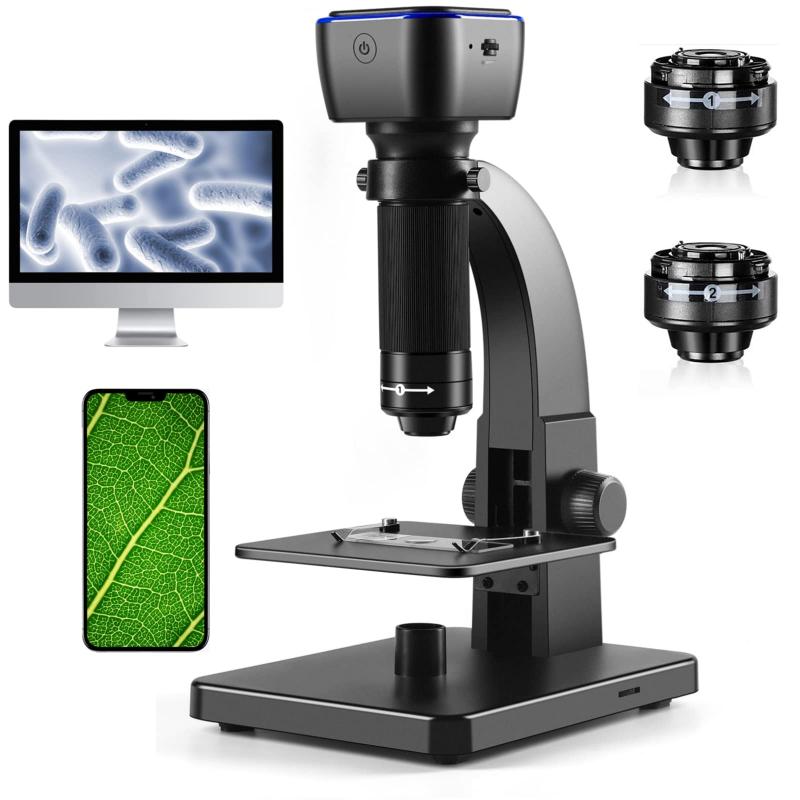
3、 Abbe's limit: The minimum size of objects that can be resolved.
Abbe's limit refers to the minimum size of objects that can be resolved using a light microscope. It is named after Ernst Abbe, a German physicist who formulated the concept in the late 19th century. According to Abbe's limit, the resolution of a light microscope is limited by the wavelength of light used and the numerical aperture of the lens system.
The resolution of a microscope determines the smallest distance between two points that can be distinguished as separate entities. Abbe's limit states that the resolution is approximately equal to half the wavelength of light divided by the numerical aperture. This means that the smaller the wavelength of light used and the higher the numerical aperture of the lens system, the better the resolution.
In traditional light microscopes, the wavelength of visible light ranges from about 400 to 700 nanometers (nm). Therefore, the resolution is limited to around 200 nm. This means that objects smaller than 200 nm in size cannot be resolved as separate entities using a conventional light microscope.
However, advancements in microscopy techniques have pushed the limits of resolution beyond Abbe's limit. Techniques such as super-resolution microscopy, including stimulated emission depletion (STED) microscopy and structured illumination microscopy (SIM), have enabled scientists to visualize objects at a much higher resolution. These techniques utilize various principles, such as manipulating the fluorescence properties of molecules or using patterned illumination, to overcome the diffraction limit of light.
With super-resolution microscopy, it is now possible to visualize structures and objects as small as a few nanometers. This has revolutionized our understanding of cellular structures, molecular interactions, and biological processes at the nanoscale level.
In conclusion, while Abbe's limit sets the minimum size of objects that can be resolved using a light microscope, advancements in super-resolution microscopy techniques have pushed the boundaries of resolution beyond this limit. Scientists can now visualize structures and objects at the nanoscale, providing valuable insights into the intricate world of biology and materials science.
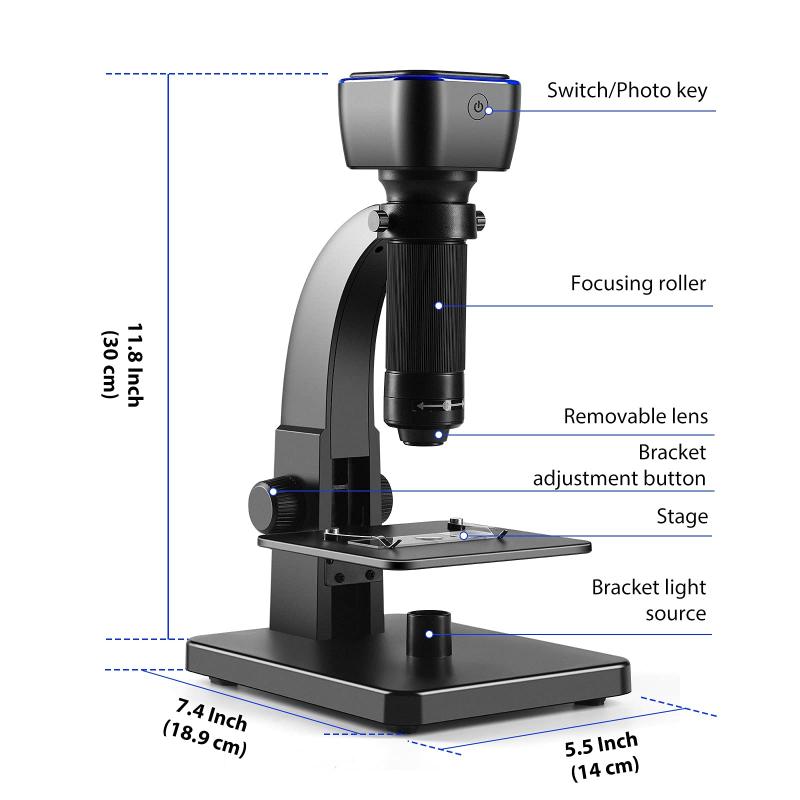
4、 Diffraction limit: The physical constraint on the resolution of a microscope.
The resolution of a light microscope is limited by the phenomenon of diffraction, which sets a physical constraint on how small an object can be resolved. This limit is known as the diffraction limit. According to the diffraction limit, the smallest resolvable feature in a light microscope is approximately half the wavelength of the light being used.
In practice, the wavelength of visible light ranges from about 400 to 700 nanometers (nm). Therefore, the diffraction limit for a light microscope using visible light is typically around 200 to 350 nm. This means that two objects closer than the diffraction limit will appear as a single blurred object, and their individual details cannot be resolved.
However, it is important to note that advancements in microscopy techniques and technology have pushed the limits of resolution beyond the diffraction limit. Various methods, such as super-resolution microscopy, have been developed to overcome the diffraction limit and achieve higher resolution. These techniques utilize fluorescent probes and complex algorithms to surpass the diffraction limit and visualize structures at the nanoscale.
Super-resolution microscopy techniques, such as stimulated emission depletion (STED) microscopy, structured illumination microscopy (SIM), and single-molecule localization microscopy (SMLM), have enabled researchers to visualize structures and details as small as a few tens of nanometers. These techniques have revolutionized the field of microscopy and have opened up new avenues for studying biological processes at the molecular level.
In summary, the diffraction limit sets a physical constraint on the resolution of a light microscope, limiting the smallest resolvable feature to approximately half the wavelength of the light being used. However, advancements in super-resolution microscopy techniques have allowed researchers to overcome this limit and visualize structures at the nanoscale.





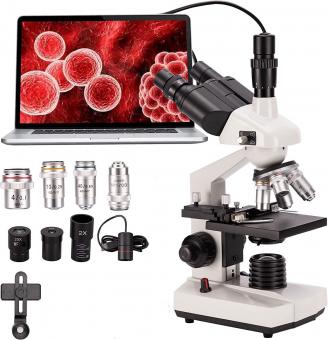




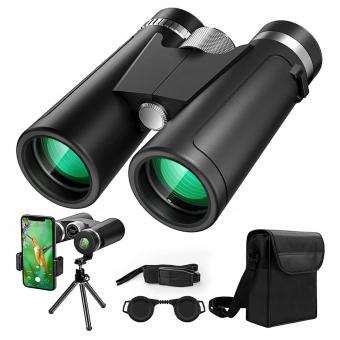

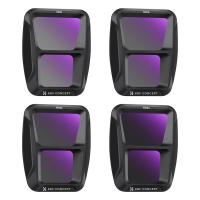


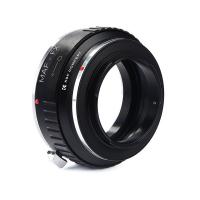

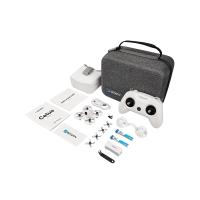
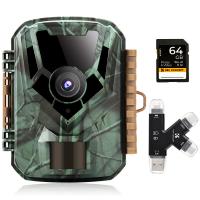



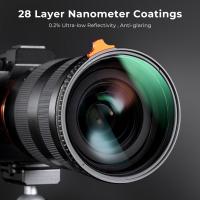
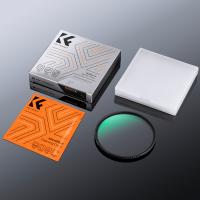


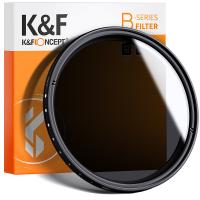
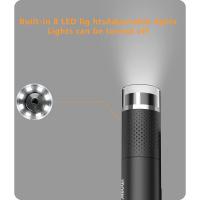
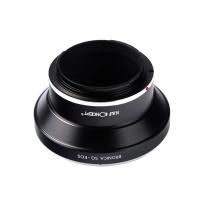

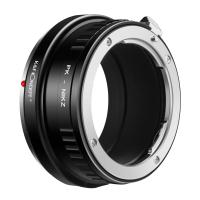

There are no comments for this blog.